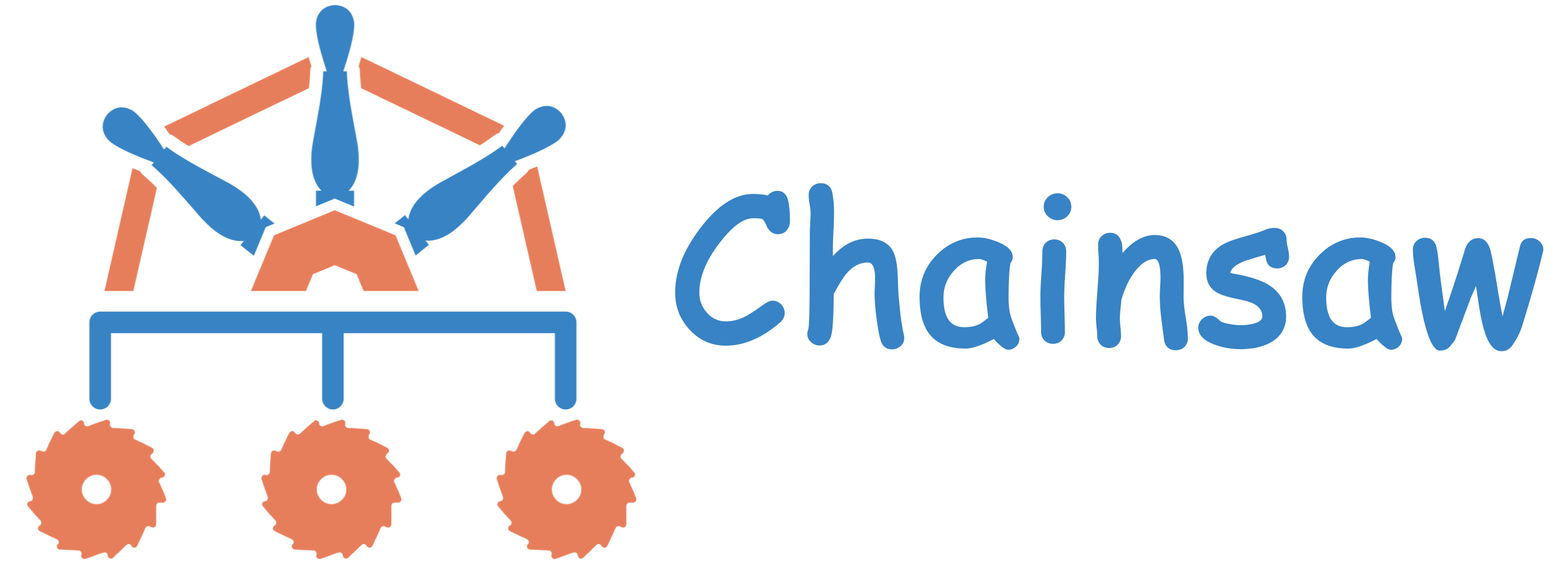Kyverno Chainsaw 0.1.4 - Awesome new features!

The latest release of Kyverno Chainsaw came out yesterday. Let’s look at the new features included in this release.
- Resource diff in assertion failures
- Resource templating support
Resource diff in assertion failures
This is a relatively straightforward one but it brings a lot of context to assertion failures.
Suppose an assertion fails, before v0.1.4 the output would have looked like this:
1 | 09:52:19 | deployment | step-1 | ASSERT | RUN | v1/Pod @ chainsaw-full-llama/*
2 | 09:52:49 | deployment | step-1 | ASSERT | ERROR | v1/Pod @ chainsaw-full-llama/*
3 === ERROR
4 v1/Pod/chainsaw-full-llama/example-5477b4ff8c-vrzs8 - metadata.annotations.foo: Invalid value: "null": Expected value: "bar"
5 | 09:52:49 | deployment | step-1 | TRY | DONE |
While the message contains a description of the failure (metadata.annotations.foo: Invalid value: "null": Expected value: "bar") and the offending resource (v1/Pod/chainsaw-full-llama/example-5477b4ff8c-vrzs8), it’s not easy to understand where the resource comes from.
The same error in v0.1.4 will be reported including a resource diff:
1 | 09:55:50 | deployment | step-1 | ASSERT | RUN | v1/Pod @ chainsaw-rare-liger/*
2 | 09:56:20 | deployment | step-1 | ASSERT | ERROR | v1/Pod @ chainsaw-rare-liger/*
3 === ERROR
4 ---------------------------------------------------
5 v1/Pod/chainsaw-rare-liger/example-5477b4ff8c-tnhd9
6 ---------------------------------------------------
7 * metadata.annotations.foo: Invalid value: "null": Expected value: "bar"
8
9 --- expected
10 +++ actual
11 @@ -1,10 +1,16 @@
12 apiVersion: v1
13 kind: Pod
14 metadata:
15 - annotations:
16 - foo: bar
17 labels:
18 app: nginx
19 + name: example-5477b4ff8c-tnhd9
20 namespace: chainsaw-rare-liger
21 + ownerReferences:
22 + - apiVersion: apps/v1
23 + blockOwnerDeletion: true
24 + controller: true
25 + kind: ReplicaSet
26 + name: example-5477b4ff8c
27 + uid: 118abe16-ec42-4894-83db-64479c4aac6f
28 spec: {}
29 | 09:56:20 | deployment | step-1 | TRY | DONE |
The additional diff now gives a lot more context about the offending resource. Showing the ownerReferences field tells us who is responsible for the resource existence.
The diff complements complex assertion failures (metadata.annotations.foo: Invalid value: "null": Expected value: "bar") to provide everything needed to get a solid understanding of what failed in an assertion operation.
Thank you vfarcic for the feature request.
Resource templating support
This second new feature is probably a game changer in the e2e testing tools ecosystem.
Anyone serious with e2e testing faced this issue at least once. How can I make my resource manifest slightly different, depending on the test being executed?
Without resource templating, we always end up using workarounds like templating in a pre-processing step or relying on scripts invoking envsubst with a bunch of environment variables to perform substitutions. Those workarounds are error-prone, often limiting, and hard to maintain
Chainsaw v0.1.4 now offers a better solution for that, thanks to resource templating!
Bad example (before chainsaw v0.1.4)
Suppose you want to create a resource having a field that must be set to the URL of a service. This URL will be different depending on the namespace the service is installed in.
Without resource templating, this could be done with something like this.
Given the resource below:
1apiVersion: metrics.keptn.sh/v1beta1
2kind: KeptnMetricsProvider
3metadata:
4 name: my-mocked-provider
5spec:
6 type: prometheus
7 targetServer: "http://mockserver.$NAMESPACE.svc.cluster.local:1080"
We can use a script to perform namespace substitution with envsubst and pipe the result to kubectl:
1apiVersion: chainsaw.kyverno.io/v1alpha1
2kind: Test
3metadata:
4 name: example
5spec:
6 steps:
7 - try:
8 - script:
9 content: |
10 envsubst < resource.yaml | kubectl apply -f - -n $NAMESPACE
This is bad because Chainsaw doesn’t know anything about this resource and won’t be able to clean it up when tearing down the test.
Good example (the chainsaw v0.1.4 way)
With resource templating this can become a regular apply operation, Chainsaw will now have full knowledge of the created resource.
The resource can embed complex expressions as demonstrated below:
1apiVersion: metrics.keptn.sh/v1beta1
2kind: KeptnMetricsProvider
3metadata:
4 name: my-mocked-provider
5spec:
6 type: prometheus
7 # `targetServer` is configured using a complex jmespath expression
8 targetServer: (join('.', ['http://mockserver', $namespace, 'svc.cluster.local:1080']))
The resource definition above can be used in a regular apply operation:
1apiVersion: chainsaw.kyverno.io/v1alpha1
2kind: Test
3metadata:
4 name: example
5spec:
6 # enable templating (at the test level)
7 template: true
8 steps:
9 - try:
10 - apply:
11 # or enable templating (at the operation level)
12 template: true
13 file: resource.yaml
Supported operations
Resource templating is supported in apply, create and delete operations without restriction (provided templating has been enabled at the configuration, test, step or operation level).
Resource templating can also be used in assert and error operations with some restrictions. Because the content of an assert or error operation is already an assertion tree, only the elements used for looking up the resources to be processed by the operation will be considered for templating. That is, only apiVersion, kind, name, namespace and labels are considered for templating. Other fields are not, they are part of the assertion tree.
Last but not least, the same level of templating can be applied to the ephemeral test namespace created by Chainsaw using the namespaceTemplate stanza. This can be particularly useful if you need the ephemeral namespace to be annotated or labeled in a certain way:
1apiVersion: chainsaw.kyverno.io/v1alpha1
2kind: Test
3metadata:
4 name: example
5spec:
6 namespaceTemplate:
7 metadata:
8 annotations:
9 keptn.sh/lifecycle-toolkit: enabled
10 steps:
11 # ...
Credits
Thank you to the Keptn folks, especially RealAnna for helping with the design of this feature.
Conclusion
Those two new features make Chainsaw a lot more flexible and improve usability a lot.
The resource templating opens new testing opportunities. Combined with the capacity to provide arbitrary data to tests with the --values flag, Chainsaw offers a very dynamic way to define tests.
Please keep in mind that resource templating is still experimental and could change slightly in future releases. Nonetheless, we encourage everyone to try it out and give us feedback to improve it as much as we can in the next versions.
More infos 👇